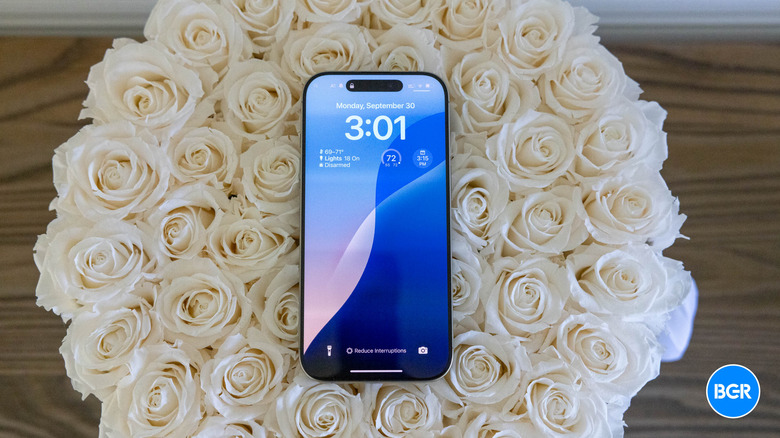iPhone 17 Could Be 9% More Expensive Due To Trump's Tariffs
Apple unveiled the iPhone 16e on Wednesday, and the phone will be available for preorder next week. While Apple's announcement confirmed most of the rumors about the iPhone SE successor, the price was a rather unpleasant surprise. The 128GB iPhone 16e costs $599, which is about $100 more expensive than recent leaks claimed it would be.
I figured Apple wouldn't set the price any higher than $549, but that was back when I assumed the iPhone 14 would continue to be available for $599. Later, I realized the iPhone 14 wouldn't have a place once the iPhone 16e arrived. Apple discontinued it on Wednesday, freeing up the iPhone's $599 price point.
The iPhone 16e price might not be the only unpleasant Apple surprise of the year, though. Apple will soon have to reckon with Trump's import tariffs, which might lead to iPhone price increases of up to 9%. If that happens, the iPhone 17 series might be more expensive than ever, at least in the US.
The speculation comes from a Bank of America research note (via MarketWatch) shared with clients on Wednesday. Analyst Wamsi Mohan assumes all Apple products will face at least a 10% tariff. The figure relates to tariffs on China, but any reciprocal tariffs on countries that mass produce Apple products, like India, could lead to price increases as well.
In fact, India's tariffs would be much higher than China's, so Apple might have to source the iPhones for the US market primarily from China. Apple has been trying to reduce its reliance on China in recent years by moving some of its production to India.
Mohan looked at how tariffs would impact earnings per share and Apple stock next year. The tariffs take effect on April 2nd at the time of writing.
"We estimate that Apple sells 50 million iPhones, 15 million iPads, and 10 million Macs in the U.S. per year," Mohan said. "We assume that 100% of devices sold in the US will be subject to a 10% tariff. In a scenario where Apple does not raise prices in the US, we see a $0.26 negative impact on EPS in calendar 2026."
If Apple raises prices by 3% in the US, the earnings impact would be $0.21 in calendar year 2026, after a 5% drop in sales.
"If demand proves inelastic, the impact to Apple would be even smaller," Mohan said. "Apple would need to raise prices about 9% to offset the impact of 10% tariffs (with 5% fewer units sold)."
The iPhone 17 series launches in September, after the tariffs come into play. We're yet to get price rumors for the new series, but I'll remind you that Apple has done the unthinkable in recent years by keeping the iPhone prices virtually unchanged in the US.
We saw rumors about price hikes preceding the launch of the iPhone 15 and iPhone 16 series. Apple made a big change to the iPhone lineup in 2023 when it removed the 128GB storage tier from the iPhone 15 Pro Max model. This effectively raised that model's price by $100, though buyers paid the same price for a 256GB iPhone 15 Pro Max as a 256GB iPhone 14 Pro Max.
A similar move was expected for the iPhone 16 Pro last September, but that didn't happen. Meanwhile, Apple raised iPhone prices in Europe and other international markets with the iPhone 14 series but lowered them back with the iPhone 15. This was all on account of currency changes.
Should Apple pass on the Trump tariffs to buyers, the base iPhone 17 might cost $870 instead of $799. I'm assuming that Apple would pass the 9% hike to the consumer, one of Bank of America's suggestions. The iPhone 17 Pro might start at $1,089, nearly $100 more than its predecessor.
Apple wouldn't be the only smartphone vendor selling phones in the US impacted by the tariffs, and It might not be exempt from tariffs, as was the case before.
I also wondered what the iPhone 16e might cost assuming Apple had already factored in the Trump tariff into its price. A quick calculation gives us a $549 price for the iPhone 16e, considering the $599 price tag includes the 9% price tag. That's just speculation, however.
